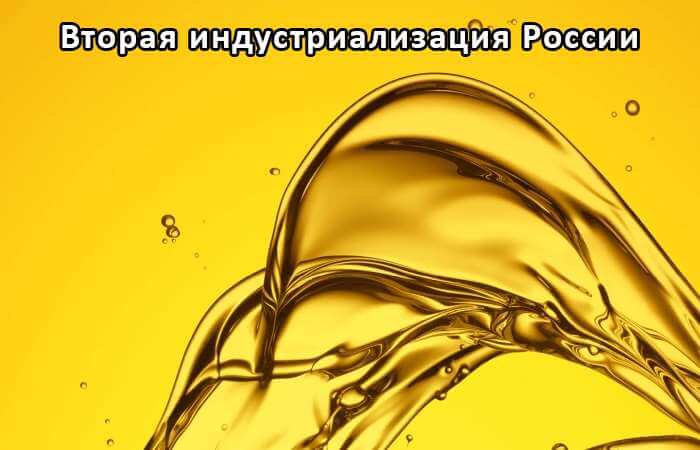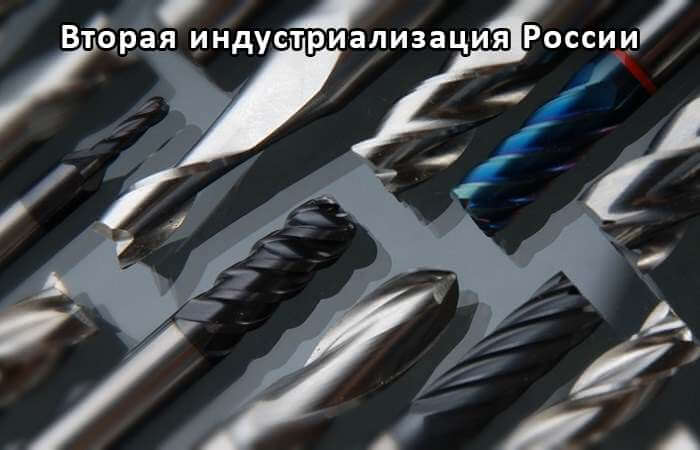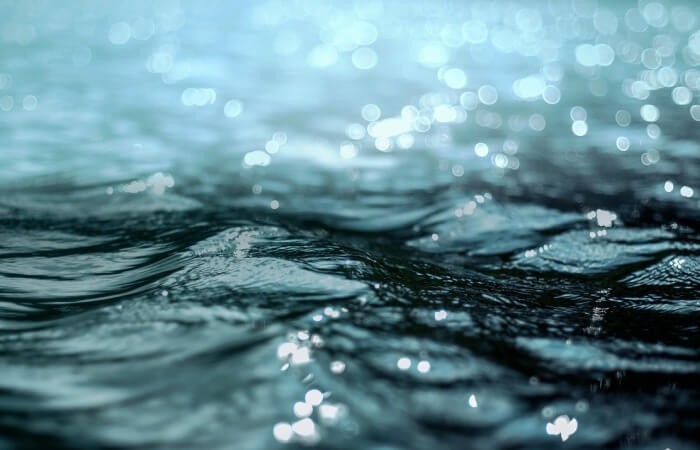Aviation gasoline environmentally friendly requirements 90 b 117 b 70 sell price, buy GOST 100 ll per ton avgas octane production cost per liter of composition

Aviation gasoline environmentally friendly.
Aviation fuel represents an environmentally friendly unleaded gasoline with an octane rating of 91. According to its characteristics a new aviation fuel fully complies with Gostovskogo leaded fuel B 91/115 and unleaded Avgas 91UL (ASTM D 7547).
Aviation gasoline environmentally friendly
Requirements of standards for aviation gasoline
Aviation gasoline is environmentally friendly:
Aviation gasoline – a type of gasoline, which is charged aircraft, different from the conventional gasoline requirements of the detonation resistance, corrosion resistance, chemical stability and fractional composition.
In Russia since 2003, leaded aviation gasoline is not produced in connection with the legislative ban. Aviation gasoline is imported. While imported gasoline contains poisonous tetraethyl lead, which improves the characteristics of gasoline.
To replace leaded aviation fuel that contains toxic tetraethyl lead, developed a new formulation of unleaded gasoline with an octane rating of 91. According to its characteristics a new aviation gasoline is fully consistent with Gostovskogo leaded fuel B 91/115 and unleaded Avgas 91UL (ASTM D 7547), which are now developing engines many leading aircraft manufacturers.
Requirements of standards for aviation gasoline:
Russia has GOST 1012-2013 “aviation Gasoline. Technical conditions.” Data Standards should meet the following requirements to aviation gasoline:
| Name of the indicator | The indicator value for the brand | |||
| B-92 | B-91/115 | |||
| 1. The content of tetraethyl lead, g/1 kg of gasoline, not more | 2,0 | 2,5 | ||
| 2. Knock resistance: | ||||
| the octane number by the motor method, not less | 91,5 | 91 | ||
| the grade for rich mixtures, no less | – | 115 | ||
| 3. Specific the lowest heat of combustion, Kj/kg (kcal/kg), not less | 42737·103 (10200) |
42947·103 (10250) |
||
| 4. Fractional composition: | ||||
| the temperature of the beginning of distillation, °C, not below | 40 | |||
| 10% is distilled at temperature, °C, not above | 82 | |||
| 50% is distilled at temperature, °C, not above | 105 | |||
| 90% is distilled at temperature, °C, not above | 145 | |||
| 97,5 is distilled at temperature, °C, not above | 180 | |||
| residue, %, not more | 1,5 | |||
| loss, %, max | 1,5 | |||
| 5. Saturated vapor pressure, kPa | 29,3-49,0 | |||
| 6. Acidity, mg KON/100 cm3 of fuel, no more | 1,0 | 0,3 | ||
| 7. The temperature of onset of crystallization, °C, not above | -60 | |||
| 8. Mass fraction of aromatic hydrocarbons, %, not more | Is not standardized, the definition of necessary | 35 | ||
| 9. The content of actual resins, mg/100 cm3 of fuel, no more | 3 | |||
| 10. Mass fraction of sulfur, %, not more | 0,03 | |||
| 11. Test on copper plate | Stand | |||
| 12. The content of water-soluble acids and alkalis | The lack of | |||
| 13. Content of mechanical impurities and water | The lack of | |||
| 14. Transparency | Transparent | |||
| 15. Color | Green | |||
| 16. A period of stability, h, not less | 8 | 12 | ||
| 17. Density at 20 °C, kg/m3 | Is not standardized, the definition of necessary | |||
| Notes:
1) aviation gasoline B-92 is allowed norm to measure 2 “grade on a rich mixture” is not less than 100; is determined at the stage of pre-production and is guaranteed by the production technology. 2) To meet the requirements under indicator 16 in aviation gasoline can be added the following antioxidants: 2,6-di-tert-butyl-4-METHYLPHENOL; 2,4-dimethyl-6-tert-butylphenol; 2,6-di-tert-butylphenol; at least 75% of 2,6-di-tert-butylphenol plus 25% of the mixture tert – and tri-tert-butylphenol; not less than 75% of di – and tri-isopropylphenol plus not more than 25% of di – and tri-tert– butylphenol; at least 72% 2,4-dimethyl-6-tert-butylphenol plus 28% monomethyl – and dimethyl-tert-butylphenols; Parasitiformes; N,N’-di-isopropyl-para-phenylendiamin; N,N’-di-sec-butyl-para-phenylendiamin. The maximum concentration of the antioxidant is 50 mg/kg. |
||||
Note: © Photo //www.pexels.com, //pixabay.com



